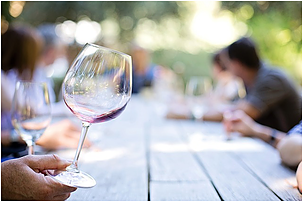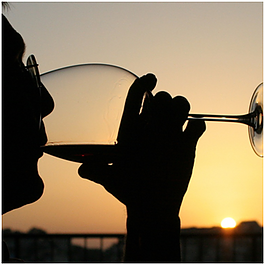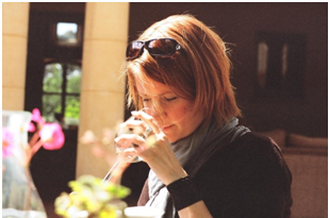
Not everyone is a professional wine taster, and if that is the case for you as well, tasting wine and trying to pick the right one for the right occasions can be a rather daunting task. When learning how to better taste wine, appreciating the differences in alternate varieties can help you not only pick different wines, but also better understand your personal preferences. With a little preparation and the right tools you can be right on your way to be a more knowledgeable wine enthusiast.

1. Appearance
The first thing to note, when tasting a wine, is the appearance. Contrary to what the name suggests, wine tasting is much more than simply tasting it. When you inspect the wine, if you would describe the color as more of a bright golden, you can classify it in the category of white wines. Similarly, a more ruby color indicates red wine. Once you have identified the basic type of wine, you can inspect it to try and determine the age of the wine. Look closely at the wine, brighter, more vibrant colors usually hint toward a younger wine, while a duller, rusty color can mean a wine that is more aged.
2. Smell
Next is the smell. Different wines have many different aromas that are generally unique. Typical scents include all different varieties and combinations of fruits, flowers, herbs and other smells as well. Zinfandel for example, typically has the aromas of different types of berries, briar or licorice, and cinnamon or black pepper while Pinot Noir is often characterized by cherries or ripe tomatoes, violets or rose petal, sassafras rosemary and other spices, and rhubarb, beets or green tea and others. It is also possible to get an idea of the alcohol content. Higher alcohol content is usually recognized by what some people describe as a hot smell.
3. Taste
Last but not least is the actual tasting of the wine. Have you ever taken a sip of red wine to experience a rich and dry texture? This is due to an element called tannin that exists naturally in the skins, seeds or the stems of grapes. Since red grapes have a higher concentration of tannin than white grapes, tannin levels are much higher in red wines, owing to the astringent and bitter taste.
And finally, it all comes down to the balance; how well each ingredient in the wine is blended and processed.
This balance is basically a composition of four aspects: the fruit, sugar, acid and tannin. A wine is considered to be balanced if all of these components are present, yet, they do not obscure or dominate another. Wines with higher levels of tannin should be balanced with fruits to offset the bitter and harsh taste. Similarly, a wine that is too acidic must be balanced with appropriate levels of sugar.
The best wines are those that manage to seamlessly combine the ingredients in the best harmony. It’s smooth; just like the wines of Montemaggio.
Swirling the glass as well as taking a little air in while first tasting a wine can help to oxidize the wine better and will give you a better experience of the taste. You should be trying to pay attention to the acidity of the wine, how dry or sweet it is, the after taste, and of course all the different flavors of fruit, flowers, and others. Becoming accustomed and familiar with all the characteristics in different styles and varieties can go a long way in helping you better appreciate your wine tasting experience.
Plan a wine tasting and degustation trip to Montemaggio and taste our Chianti Classico, Chianti Classico Riserva, Torre Di Montemaggio, Quinta Essentia Di MonteMaggio IGT, Chardonnay di Montemaggio IGT or Rose Di Montemaggio. We assure you that they are all made of the best quality Sangiovese, Merlot and Chardonnay grapes that we grow with special care in our vineyards.






